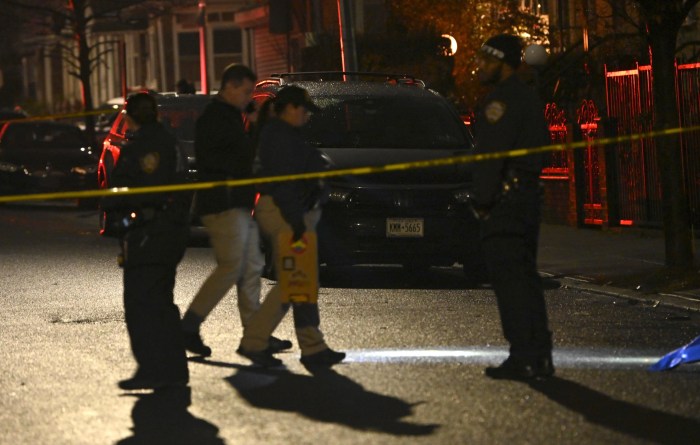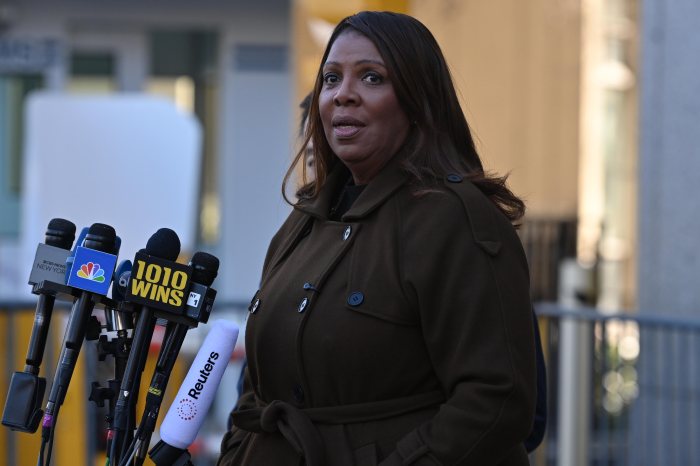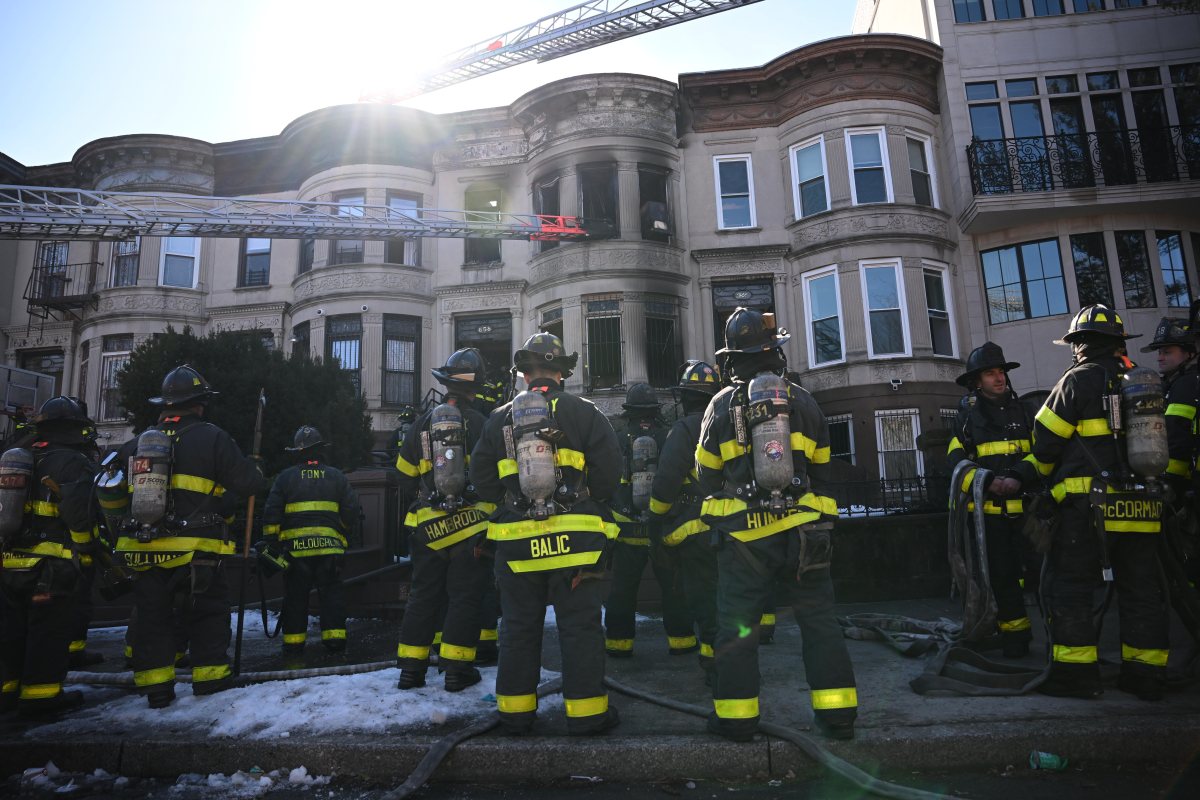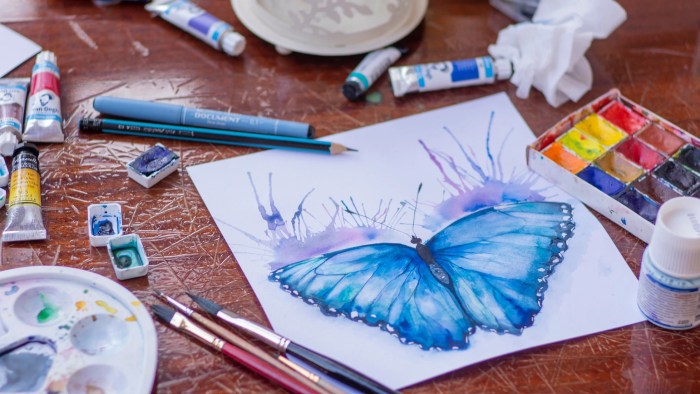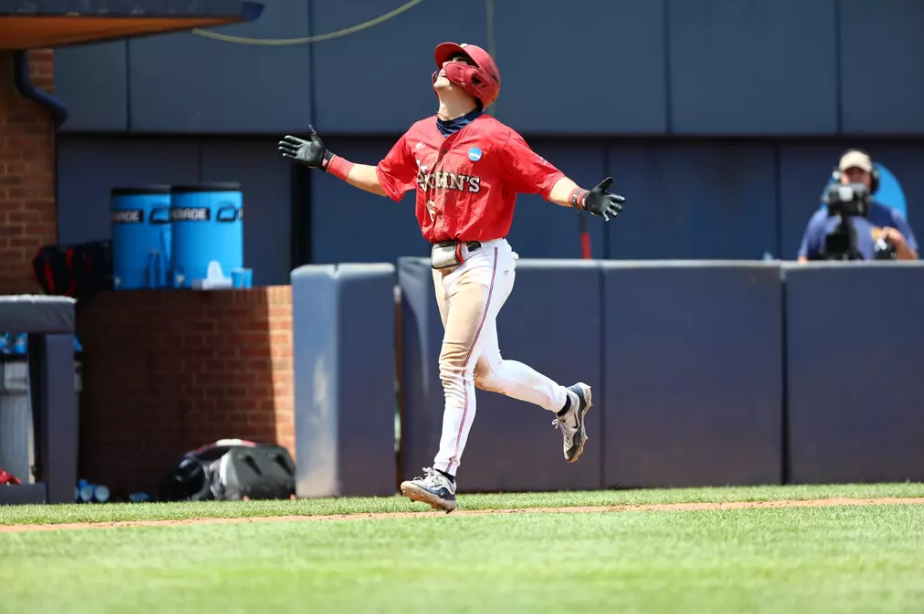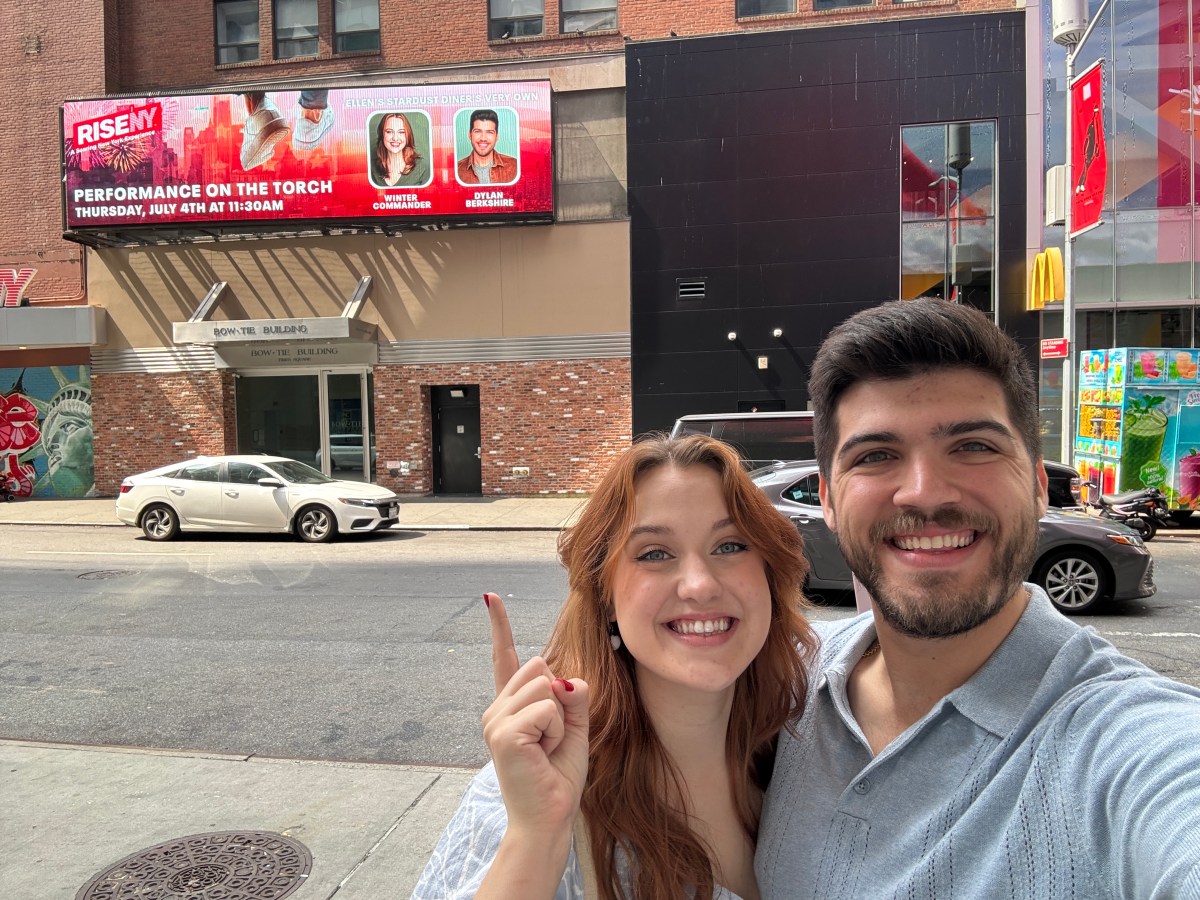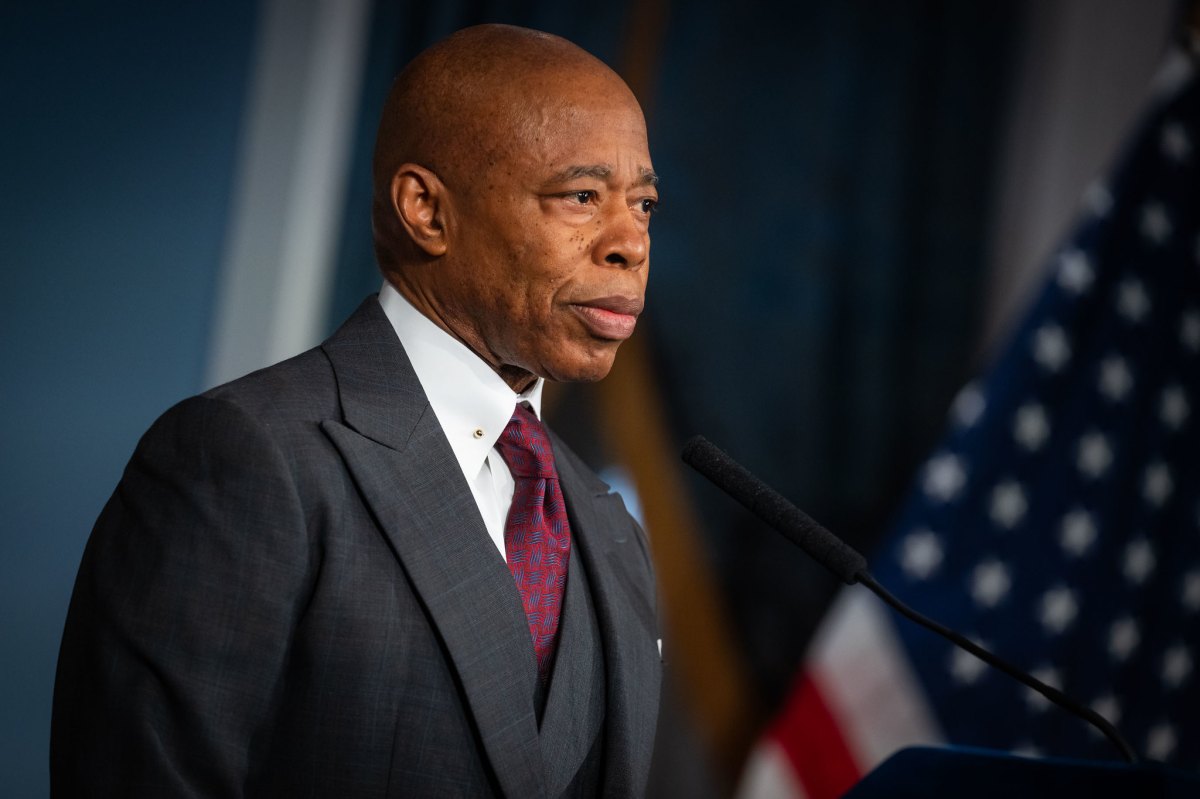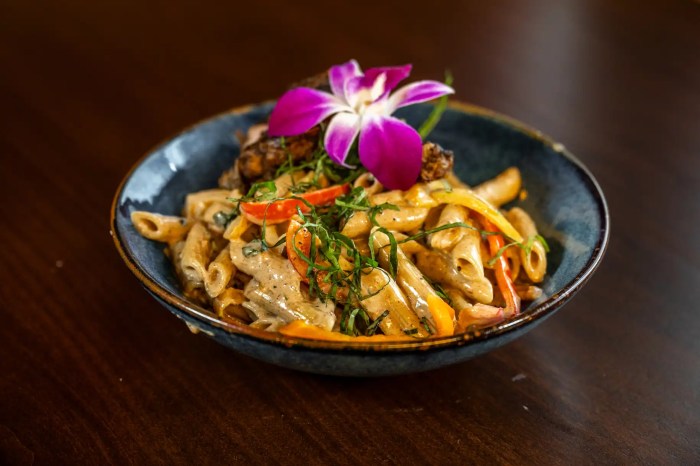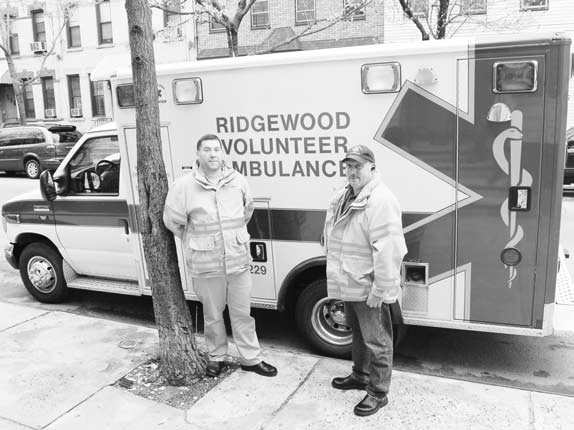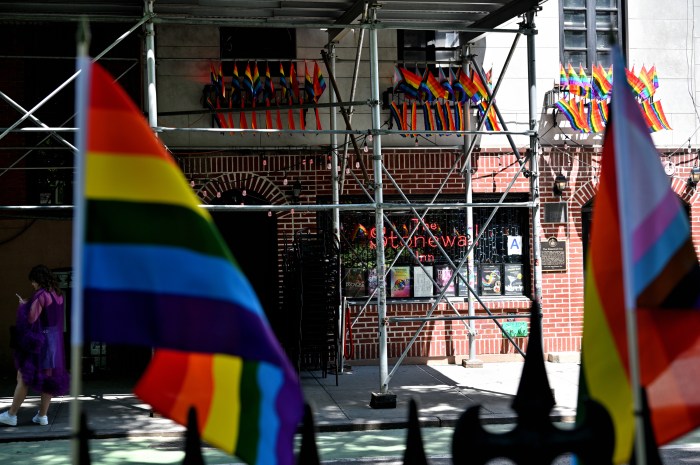
For two weeks each summer, virtually every hotel in Flushing is booked, Queens Tourism Council director Rob MacKay says.
The reason? The U.S. Open, which draws more than 800,000 visitors to the USTA Billie Jean King National Tennis Center in Flushing Meadows-Corona Park to see star athletes like Roger Federer, Novak Djokovic, Naomi Osaka and Serena Williams vie for a Grand Slam title.
While the event has drawn criticism on a number of fronts — from Queens residents and politicians who have called it a “bad neighbor” to a recent audit that claims the USTA failed to pay more than $300,000 in rent to the city — its proponents, as well as some of its critics, say it has an undeniable impact on the local economy.
All told, the tournament — running this year from Monday to Sept. 8 — generates more than $750 million per year in “direct economic impact” to New York City and employs over 7,000 people each year — more than 40 percent of whom live in Queens, according to the United States Tennis Association.

The hotels, MacKay said, are the “big winners.”
“Some of them are booked a year or two in advance for this thing, and they can even raise their prices and still sell out,” he said.
“I would just say, it’s [one of ] the biggest tennis events in the world … and it’s worth whatever problems there are,” he added. “Whenever you can get anyone to Queens, that’s a victory for me.”
Greater Flushing Chamber of Commerce executive director John Choe agreed that the borough benefits from “positive attention,” but maintained the focus is largely “surface-level.”
When giant sporting events take place at stadiums across the country, the communities around them often bear the brunt of the construction, traffic, congestion and other issues they bring with them, he said.
He also believes USTA isn’t doing enough to encourage attendees to explore the neighborhoods surrounding the National Tennis Center.
“There isn’t any kind of deep exploration of the different neighborhoods, and I think that’s to the detriment of the event organizers because there’s so much that the neighborhoods in Queens have to offer,” he said.
Still, Choe called the U.S. Open’s relationship with the local community “a work in progress,” noting that the USTA does do “a lot of different community outreach,” including job fairs aimed at Queens residents.
Hotels in Flushing and the surrounding neighborhoods benefit from the event, Choe said, echoing MacKay. The USTA also provides a kiosk where organizations, including the Chamber of Commerce, can distribute information about restaurants, cultural sites and shopping destinations in the borough.
“I think, definitely, it’s a great opportunity that the USTA is providing for locals to come out and give info about the neighborhood,” he said, though he maintained the organization “could do a lot more.”
In an interview with amNewYork, National Tennis Center chief operating officer Danny Zausner said the USTA meets with the community boards that surround the park throughout the year and listens to their feedback. The National Tennis Center itself is open to the public 11 months out of the year and hosts programs for local residents, as well as nearby high schools and colleges, he noted. And a “Fan Week” prior to the two-week tournament with practice matches, performances and other activities is free and open to the public.
The U.S. Open itself is good for local businesses, as attendees often grab a bite to eat along the 7 train between day and night sessions, he added.
“We can always do more, and we strive to do more every single year,” Zausner said.
Zausner also addressed a report released by City Comptroller Scott Stringer on Thursday, which said the USTA underreported at least $31 million in revenue between 2014 and 2017, depriving the city of more than $300,000 in rent.
The comptroller’s office interpreted the lease in a different way than the USTA did, resulting in the discrepancy, he maintained.
For MacKay, having snapshots of Queens air on television during the U.S. Open is a benefit to the borough in and of itself.
“Sometimes they show the Manhattan skyline, but other times they show the Unisphere, or… something else from Flushing Meadows Park,” MacKay said. “It’s kind of nice just to have those images on TV, so that everyone sees them.”
Special events taking place this year
On Monday, the USTA will be unveiling a sculpture of late tennis great Althea Gibson, who in 1956 became the first African American to win a Grand Slam title. This year’s U.S. Open will also feature photo exhibits paying tribute to players Billie Jean King and Rod Laver.
The event’s yearly “Military Appreciation Day,” meanwhile, will take place Sept. 2 and honor Lt. Joe Hunt. Hunt, who died in a plane crash during World War II, was “the only player in history to win the U.S. national boys’, junior, collegiate and men’s singles titles,” the release says.
As far as fan activities go, Emirates will be presenting a “Net Generation Kids’ Zone” featuring a number of sports activities and demonstrations. American Express will have a space where attendees can take part in “interactive experiences that mirror the famous sights and sounds” of New York City, the release says. Mercedes-Benz, meanwhile, will be presenting an “augmented reality experience” featuring tennis player Sloane Stephens, who won the 2017 U.S. Open.
There will also be a new “US Open Discover” experience that allows attendees to “get up close and personal with legendary players through Augmented Reality.” “With the U.S. Open App, fans can unlock hidden content throughout the grounds and view immersive AR experiences, including the brand-new Althea Gibson Sculpture Garden and the U.S. Open Court of Champions,” the release says.
Read more: Garment District Looks Solutions to Drug Use Issue



